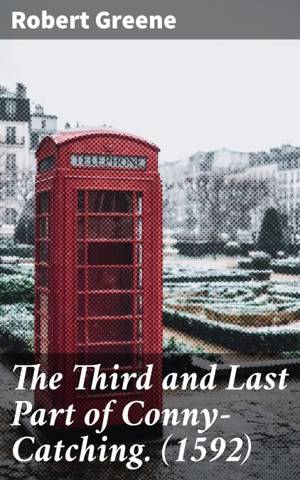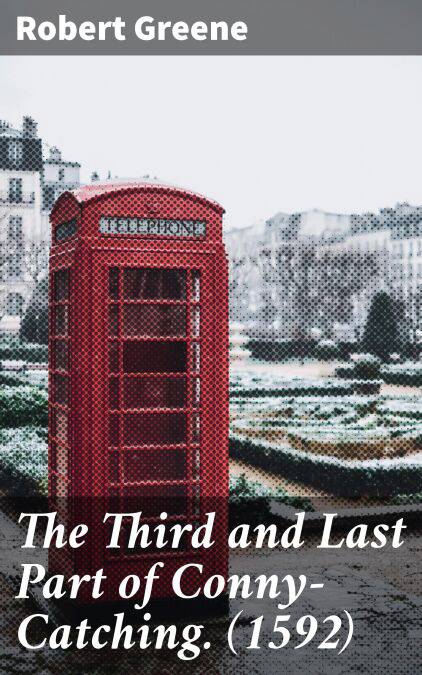
- Afhalen na 1 uur in een winkel met voorraad
- Gratis thuislevering in België vanaf € 30
- Ruim aanbod met 7 miljoen producten
- Afhalen na 1 uur in een winkel met voorraad
- Gratis thuislevering in België vanaf € 30
- Ruim aanbod met 7 miljoen producten
Zoeken
The Third and Last Part of Conny-Catching. (1592) E-BOOK
With the new deuised knauish arte of Foole-taking
Robert Greene
E-book | Engels
€ 2,49
+ 2 punten
Omschrijving
In Robert Greene's 'The Third and Last Part of Conny-Catching' (1592), readers are immersed in a world of deception and trickery as the author delves into the art of conning and the methods used by swindlers of the time. Through a combination of storytelling and practical advice, Greene navigates the underground world of con artists with a keen eye for detail and a flair for dramatic narration. The book serves as a window into the literary context of Elizabethan England, shedding light on the social and moral issues of the era. Greene's writing style is colorful and engaging, making the reader feel like a part of the seedy world he describes. The book is both entertaining and informative, offering readers a glimpse into a hidden aspect of history. Robert Greene, a playwright and pamphleteer known for his works on practical wisdom and human nature, was well-suited to explore the world of conning in his writing. With his depth of knowledge on human behavior and his unique storytelling abilities, Greene provides readers with an insightful and intriguing look at the art of deception. I highly recommend 'The Third and Last Part of Conny-Catching' to anyone interested in Elizabethan literature, historical underworlds, or the psychology of deceit.
Specificaties
Betrokkenen
- Auteur(s):
- Uitgeverij:
Inhoud
- Aantal bladzijden:
- 123
- Taal:
- Engels
Eigenschappen
- Productcode (EAN):
- 4064066107758
- Verschijningsdatum:
- 15/03/2020
- Uitvoering:
- E-book
- Beveiligd met:
- Digital watermarking
- Formaat:
- ePub

Alleen bij Standaard Boekhandel
+ 2 punten op je klantenkaart van Standaard Boekhandel
Beoordelingen
We publiceren alleen reviews die voldoen aan de voorwaarden voor reviews. Bekijk onze voorwaarden voor reviews.











